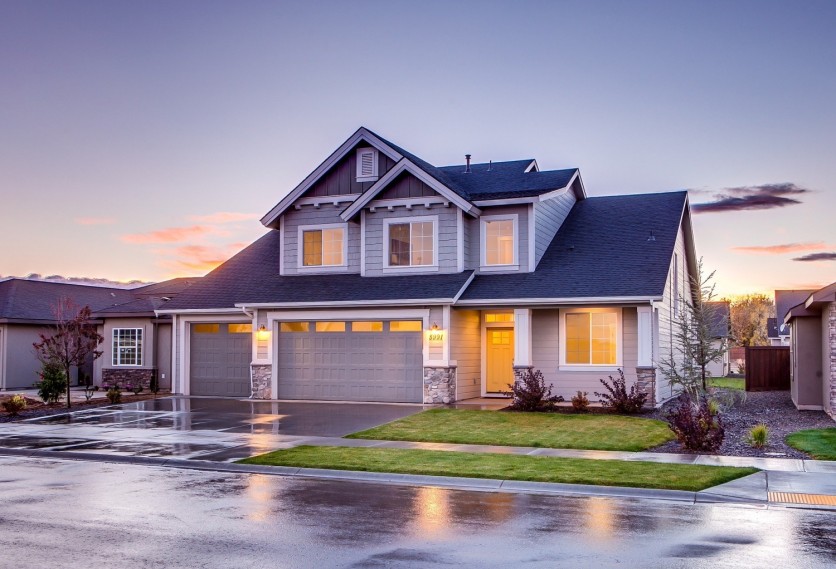
Natural disasters are a part of reality. Depending on where you live, that might mean flood risks. If your home is in a flood zone and you are thinking about selling it, you'll need to keep this factor in mind. But don't despair, the more aware you are of the reality of your home's geographic location, the better prepared you will be to have a realistic picture of its value when it comes time to sell it.
Know the facts
Some flood zones are more serious than others. According to FEMA (Federal Emergency Management Agency), you're in a high-risk flood zone, or Special Flood Hazard Area, if your flood zone on FEMA's map starts with code A or V ("base flood" or "100-year flood"). Your home has a moderate flood risk (a 0.2 percent annual chance of flooding) in zone B or shaded zone X. If you live in an area with minimal flooding, you'll be in zone C or unshaded zone X. You can find your code on FEMA's Flood Map service center. If your house is located within a high-risk flood plain (at least a 1 in 4 chance of flooding during a 30-year mortgage), you'll need flood insurance in addition to a homeowners policy, which has an average premium of approximately $700 a year. It's in your best interest to inform a potential buyer about this added cost. You could even offer buyers a discount for a year of flood insurance costs as an incentive, as an adjustment to the purchase price, or a credit at closing.
Your value may be lower, but it's not all bad news
A study in Science Daily confirmed that proximity to a flood zone - adjacent to a floodplain like a stream or river which might flood - can lower your home's property value by about 7.3 percent. But, a home facing a stream or river can also be a selling feature, so how can you reconcile these two factors? Your realtor will be your best source to help you determine the challenge of selling your home in a flood zone, given its other redeeming features.
Reduce your home's flood risks
Home improvements can lower flood insurance premiums for you and a potential buyer. For example, standing water can damage your foundation, which may lead to costly repairs. Adding vents in your home's crawl space can allow water to flow freely, reducing the risk of structural issues in the event of flooding. Depending on where you live, you could also elevate the first floor of your house as little as one foot above a base flood elevation, for a 30% reduction in annual flood insurance premiums, according to FEMA. This type of modification can cost $10,000 or more, so it may not be for everyone. FEMA provides several detailed guides on flood protection strategies, including a Homeowner's Guide to Retrofitting and Reducing Flood Risk to Residential Buildings That Cannot Be Elevated.
If you've purchased flood insurance but haven't had to tap into it since you've lived in your home, this can help to put buyers at ease - just because you live in a flood zone doesn't mean that a deluge will damage your home.
ⓒ 2025 TECHTIMES.com All rights reserved. Do not reproduce without permission.




